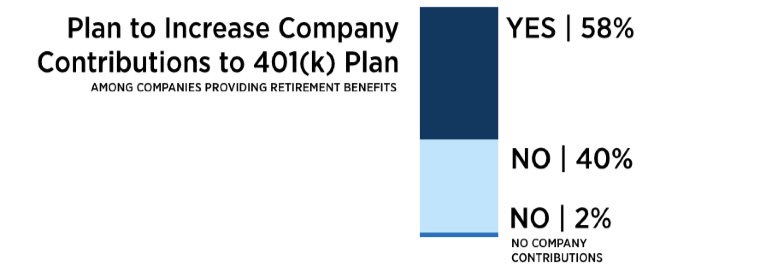Last month, we shared some of our favorite online tools and invited users of SmallBusiness.com to send us some of their favorites (Tips@SmallBusiness.com). Niraj Rajan Rout, founder of the Gmail-powered collaborative platform, Hiver, took us up on our invitation and invited team members of his startup to contribute their suggestions. As Niraj and his team are working on an online tool others find helpful, we asked that he start off with describing his product, Hiver.

While most other task/project management tools don't completely integrate with your email, causing you to have to go to and fro between your inbox and the tool, Hiver operates right out of the inbox. The tool has a simple and neat design, which will not clutter the inbox in anyway. We keep adding new features to the tool, the most recent one is called, “shared mailbox, which allows you to turn your email into a helpdesk. There are a number of other features such as shared notes, email snooze, shared contacts, etc., which really enhance the abilities of your email.

Dropbox is an obvious choice for us–it is so essential to our daily process and so integrated into our work that it deserves a mention anyway. While it has competitors in the cloud storage space, Dropbox is special because it keeps evolving and adding new features to play with. It is an incredible productivity booster and a great way to store information.

The very visual nature of Trello is highly appealing and gives you sense of clarity and direction. With any type of collaborative team, there is a lot going on at any given moment. Plotting it all on a Trello board simplifies your vision and gives you a roadmap of work to complete. The neat, simple and minimalistic interface is just amazing.

This is a great tool for smart marketing. It can help you figure out content trends, what is scoring on which social media, who are the influencers talking about your keywords, and much more. It can help you thoroughly analyse your content and help you factor in all the aspects necessary to come up with engaging, value-packed, quality content and smart ways to promote it too.

As a business, we adhere to the philosophy “what can't be measured, can't be improved.” So it's no surprise we extensively use KISSmetrics to track our sales and marketing activities. The live
view feature is especially great to get a broader view of what's going on with your users and modify your strategy according to the suggestions given by the tool. They also provide excellent customer service.

This is another tool we extensively use for our email marketing campaigns. I prefer using Mailchimp for the way in which it lets us send emails, collect the stats and improve the performance–all with just this one tool. It almost eliminates the need of any other tool to manage your newsletters. It is extremely easy to set up and just as easy to start using. The stats collected by this tool can help you optimize your strategy and can help you figure out what's working and what isn't.

We often use freelancers whenever there is an increased workload. Upwork has been quite handy for this. It is widely used by many freelancers, which gives you a lot of options to choose from. The interface is simple and is very easy to navigate. Tip: Do not publish open jobs if you don't want to get flooded with spam mails from job recruiters.

Here's an easy-to-use tool to conduct surveys and get feedback. There are quite a number of survey templates to choose from and you can add as many questions as you like to the template. The whole survey building process is broken down to a simple workflow. All you have to do is come up with the questions for the survey, everything else is set in place. Although the premium version comes with complex features such as the skip page logic, the basic version is quite useful too.

This reliable, user-friendly, and simple-to-use tool has become an integral part of Hiver and millions of small businesses. No wonder–it is one of the most commonly used content management system (CMS) on the web. The array of customization options for setting up and designing your website (or blog) makes it unique. But even for those who don't want to customize, there are hundreds of themes and designs already available to choose from. I feel that it makes the whole content management process much easier and you can quickly figure out its many features and put them to use.

Another important aspect of being a productive organization is encouraging your employees to work towards boosting their own product. I suggest apps like Clear for employees to manage their day better. I like this app because it is fairly straightforward and extremely user-friendly. It allows you to easily drag and re-order your to-do list and add a new task with just a click and all you have to do is swipe the task right once you are done with it. Your to-do lists syncs over iCloud and making it easily accessible for you.
There are a gazillion tools out there to choose from. Choosing the apps which perfectly fit with your company and business goals is certainly the key here and no one can make that choice for you. However, most of these tools have had good success and excellent reviews and so probably, this is a great place to start.
Would you like the chance to share your favorite online apps, obscure but helpful calculators or tools, or fascinating resources for those who own or manage a small business, email us at Tips@SmallBusiness.com






 Thinkstock
Thinkstock

 Thinkstock
Thinkstock Thinkstock
Thinkstock





















